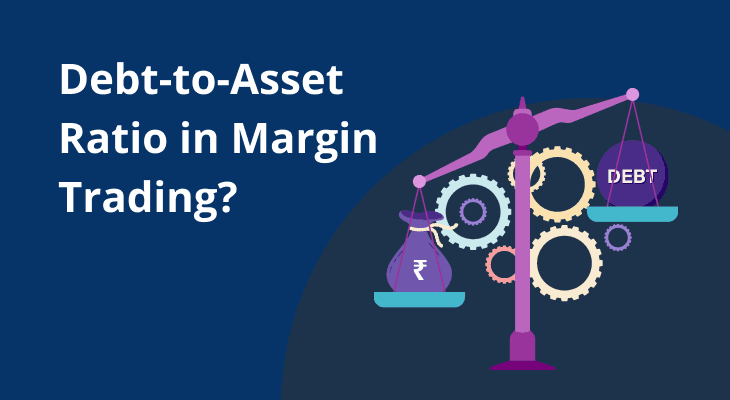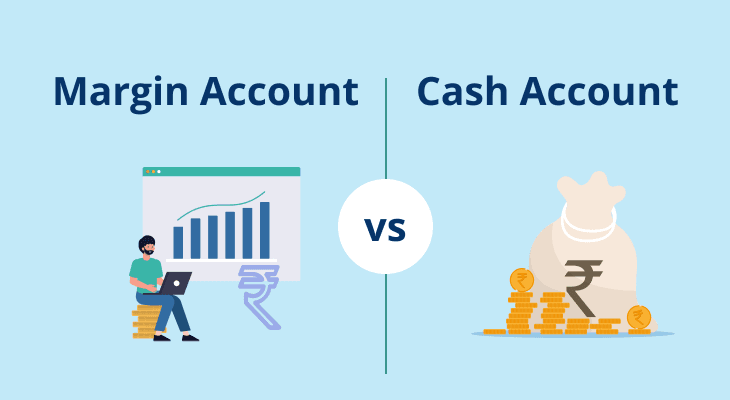
New Margin Rule on Selling Stocks
Any successful trader will advocate the integration of risk-management features such as short-selling margin and stop loss into their trades. Whether you’re a beginner or a seasoned player, market volatility is a foregone certainty. Since you cannot always predict or even control it, you need to ensure that your trading practices are developed to minimise the impact that a market downswing can potentially cause.
While you need to protect your investments, the Securities and Exchange Board of India (SEBI) is entrusted with safeguarding the entire trading ecosystem that includes buyers, sellers, brokers and depository participants (DPs). The SEBI issues and executes policies and guidelines that are aimed at bringing transparency in the market proceedings, ensuring that commitments toward buying and selling stocks are honoured and all dues are cleared in a timely manner. The new margin rules were rolled out by SEBi in a phased manner to further strengthen the framework designed to protect all parties involved in market trading. Before we get to know what has changed, let’s first understand what is margin trading.
Margin Trading
Margin trading allows you to buy shares that you may not have been able to afford using your own funds. It is akin to taking a loan from the broker. Margin, here, is a pre-decided value (usually a percentage of the total value of shares being bought) that serves as collateral towards the broker while allowing you to capitalise on lucrative trading opportunities.
Although the higher purchasing power that you get, can lead to greater potential gains, your risk exposure is magnified as well. In case the value of the stock drops below expectations, you risk losing your own invested capital as well as the one borrowed from the broker. It can be a risky proposition for the broker as well. Earlier, if a broker charged 20% as the margin trading percentage, it effectively meant that you could buy shares worth ₹1 lac by paying only ₹20K. But if there was an unexpected loss, the broker risks having to write-off ₹80K in the case of non-payment by the borrower. Therefore, the SEBI brought forth the new stock option selling margin rules, with an update in the process for buying as well.
Read Also: When to Sell A Stock: A Guide for Investors
The New Margin Rule on Selling Stocks
The new margin rule was introduced in December 2020 and was gradually rolled out in 4 phases, becoming fully effective by September 2021. The primary change in the new long-selling or short-selling margin rule is the restriction in the leverage that the brokers can provide to investors. Let us take a closer look.
From a seller's perspective
The new rule states that you can now only use 80% of the earnings made from the sale of shares on the same day. This day is referred to as ‘trading day’ or “T” day. The remaining 20% of your proceeds will be transferred to your account on the next working day, T+1 day. This allows the brokers to maintain sufficient internal margin balance to accommodate other traders putting a buy call on margin.
Let us see how this works using an example that you sold your shares for ₹50K on a given day. Under the new rule of option short-selling margin, 80% of this amount, that is ₹40K, will be available for immediate use to purchase new shares. You will get the remaining ₹10K on the next trading day.
From a buyer's perspective
Not just the seller, but the buyer is also impacted by this rule, also called the peak margin rule. While earlier you could buy shares with very high leverage, now you’re required to put up 100% margin for your purchase. This peak margin is decided at the beginning of each trading day.
For instance, if you’re looking to buy shares worth ₹40K, with a margin of 20%, then you will need to pay the entire margin amount (₹8K) upfront to complete the purchase while maintaining sufficient balance in your account that is not lesser than the prescribed margin requirement. Failure to do so will result in a penalty that is calculated as a percentage of the actual shortfall.
Impact of the New Margin Rule
SEBI’s changes to the rules for the margin required for selling shares has brought about a significant impact in the entire trading ecosystem. As a result, the notable outcomes include:
Reduced Leverage
The new margin framework has reduced the leverage available to traders, which means that traders have to put up more money to trade. This curtails the broker’s risk exposure as well.
Higher Margin Requirements
The new margin rule requires traders to maintain higher margins that has increased the overall cost of trading. Although this has impacted small traders and investors who do not have sufficient funds to meet the new margin requirements, it has also prevented them from making calls that were well above their risk tolerance.
Restricted Trading Volume
As a direct result of the previous two impacted areas (lower leverage with the requirement of a higher margin), there has been a reduction in the daily trading volumes, especially in intraday trading.
Heightened Safety of Investor’s Interests
Higher margins have lowered the risks, especially for those who are new to trading. The new rule compels traders to research stocks before using margin and restricts their exposure to the risk of trading beyond their means.
Increased Compliance and Efficiency
The new margin framework has made the market more efficient by reducing speculative trading and increasing the use of fundamental analysis. Not only is this expected to reduce market volatility, it has also increased compliance requirements for brokers, resulting in increased transparency in the market.
On the whole, the impact of the new margin rule on the stock trading in India has been a mixed one. While it has increased the cost of trading and reduced leverage, it has also increased market efficiency, investor protection, broker’s risk exposure and compliance with the regulations.
In investing, investors often struggle with limited funds. But not anymore. Investors can avail m.Stock’s Pay Later (MTF) and get up to 80% funding at one of the lowest interest rates starting @ 6.99%. Open a free Demat account now!
FAQ
What is the new margin rule for selling stocks?
SEBI’s new stock short-selling margin rule requires traders and investors to maintain higher margins for short-selling of stocks.
What is the impact of the new margin rule for short-selling of stocks?
Due to the increase in the short-selling margin requirements and decrease in leverage offered by the DP, the cost of trading has increased while the trading volume has reduced. On the other hand, the trading process has become more transparent, compliant and a less risky proposition for buyers and sellers alike.
When do I get my money for stocks sold?
We used to give an 80-20 ratio of sale proceeds earlier. It has been now changed to 100% on the next day (T+1).


